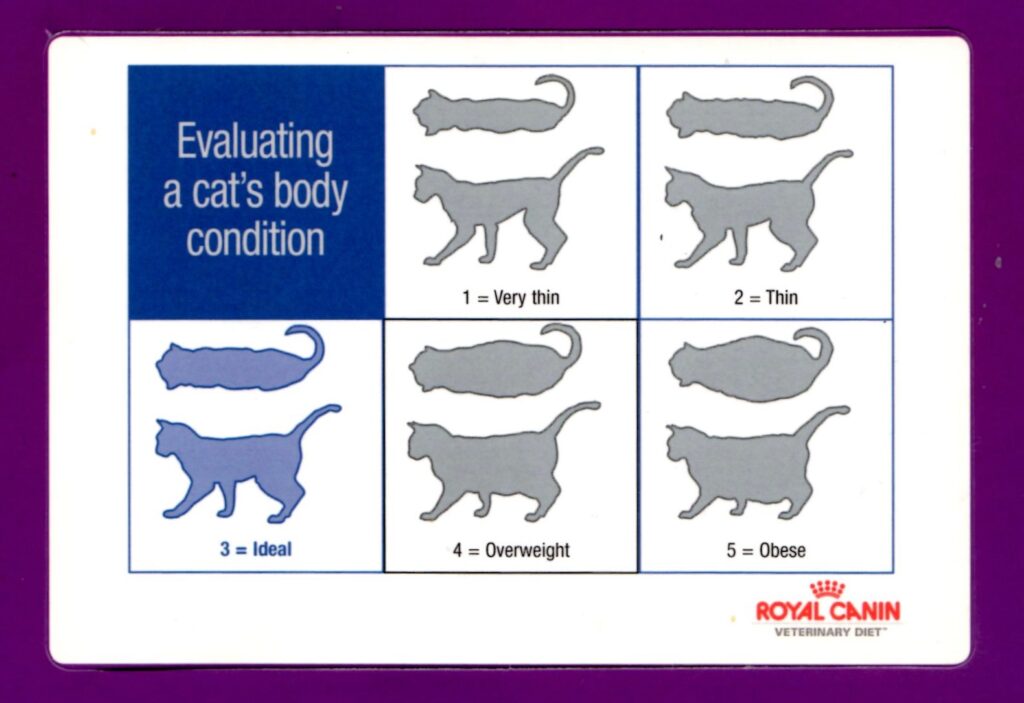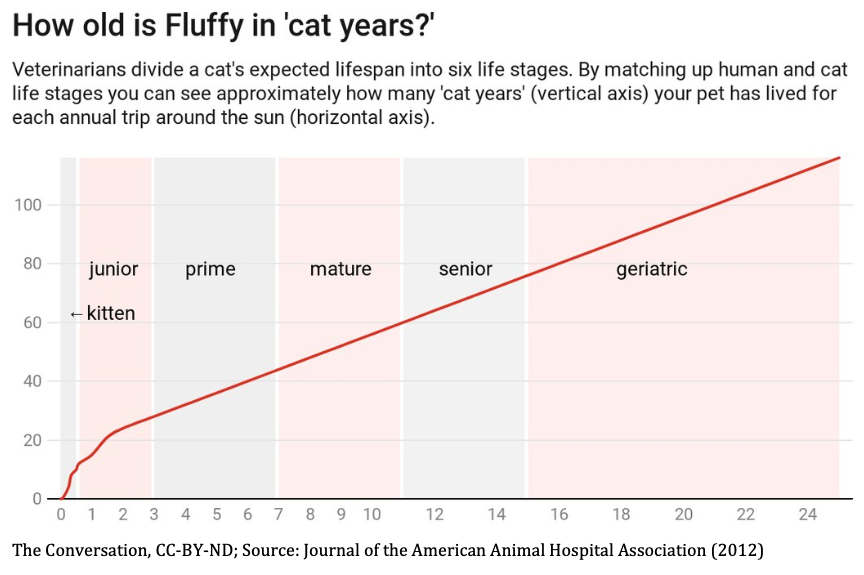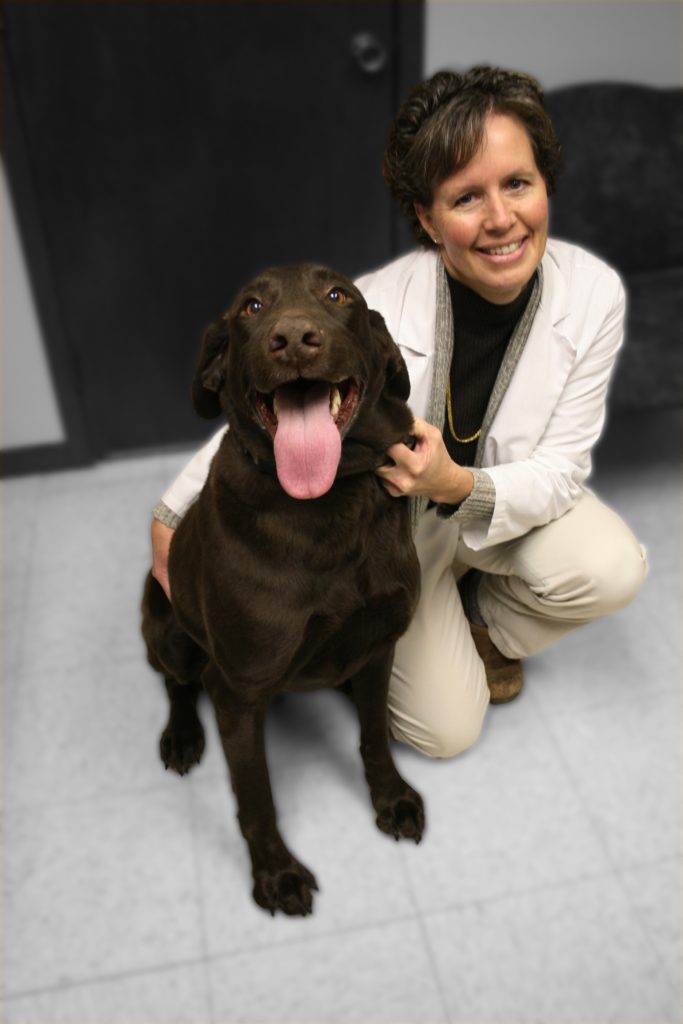Have you ever seen those little horses at a show or in a pasture? They melt your heart and are so adorable. Many people think they are only lawn ornaments with no purpose. That is FALSE! I want to share some information with you that may change your mind about these mini’s. The correct terminology is miniature horse not miniature pony. They stem from over 400 years of selective breeding in the lineage of Quarter horses and Arabians. There are a variety of colors. They must stand no taller than 34” and weigh on average 225-350 lbs when full grown. They can have a lifespan of 35 years. The oldest miniature horse on record lived to be over 50 years of age.
Miniature horses can be used in the show ring. There are multiple classes to show these unique animals in. Halter classes judge on the conformation of the miniature horse. They are shown in classes with other miniature horses like themselves. They can be shown in showmanship classes where the judge is judging how the handler shows the miniature horse. They can do obstacle courses in hand. This means that the miniature horse is led around the different obstacles and is judged on how easily the miniature horse moves through the pattern. There may be bridges to cross, gaits to be changed, backing experiences between poles, and other more challenging obstacles. There are classes for in hand hunter/ jumper, costume, and liberty. The liberty classes are extremely interesting to watch. They show how responsive miniature horses can be to owners that take the time to train them in this freestyle musical class.
Driving is another common class for miniature horses. They can pull up to 3 times their body weight. The miniature horse should be at least 4 years of age prior to starting these competitions to avoid health risks. They can be entered into many different types of driving classes depending on what your preferences are. The training begins at an early age with ground work and it builds from there each year. There are videos available online to show the different competitions for driving classes. I was surprised to see a barrel race driving class and chuck wagon multi-hitch competitions.
The American Miniature Horse Association (AMHA) was begun in 1978. This allowed competitions amongst those who love this amazing creature. These small equines are very calm and adaptable to many different types of classes. If you would like to learn more about these incredible creatures visit the AMHA.
AMHA – American Miniature Horse Association, Alvarado, Texas
In recent years, the ADA allowed miniature horses to be service animals. In the past only dogs could be a service animal. The ADA has made provisions for miniature horses that qualify in the following areas:
- They must be housebroken.
- They must be under control of the owner.
- The facility must be able to accommodate the miniature horse’s size and weight.
- The horse’s presence does not present a safety concern for the facility.
If interested in more information about miniature horses and their service capabilities, you can read more about it at this link.
Miniature Horses as Service Animals – Anything Pawsable
Miniature horses need to have a balanced diet. They should not be overfed since that can cause issues not only with internal organ function, but also increase chances of lameness. As small equines they require the core vaccinations such as Tetanus, Rabies, Eastern and Western Influenza, and West Nile immunization. It is important to do regular dewormings, hoof care, and teeth floating. They can develop a dense winter coat, so it is important to monitor their weight during the winter months. It can be difficult to see weight loss with that heavy coat. They enjoy hay and grain just like the larger horses but be certain to consult with someone experienced with mini horses to help you know what volume is appropriate for them.
Many years ago when my kids were younger, my father decided to bring these adorable miniature horses to his place. My daughters got to enjoy an afternoon of loving on them. They were so excited to be able to interact with them. We had seen them in pastures before but were never able to interact with them. I could not resist a photo opportunity.
If you are looking for a unique family pet, miniature horses can fit the bill. Be careful though…just like dogs….it is hard to have just one.































